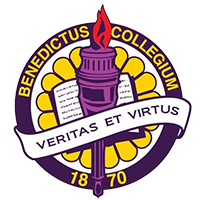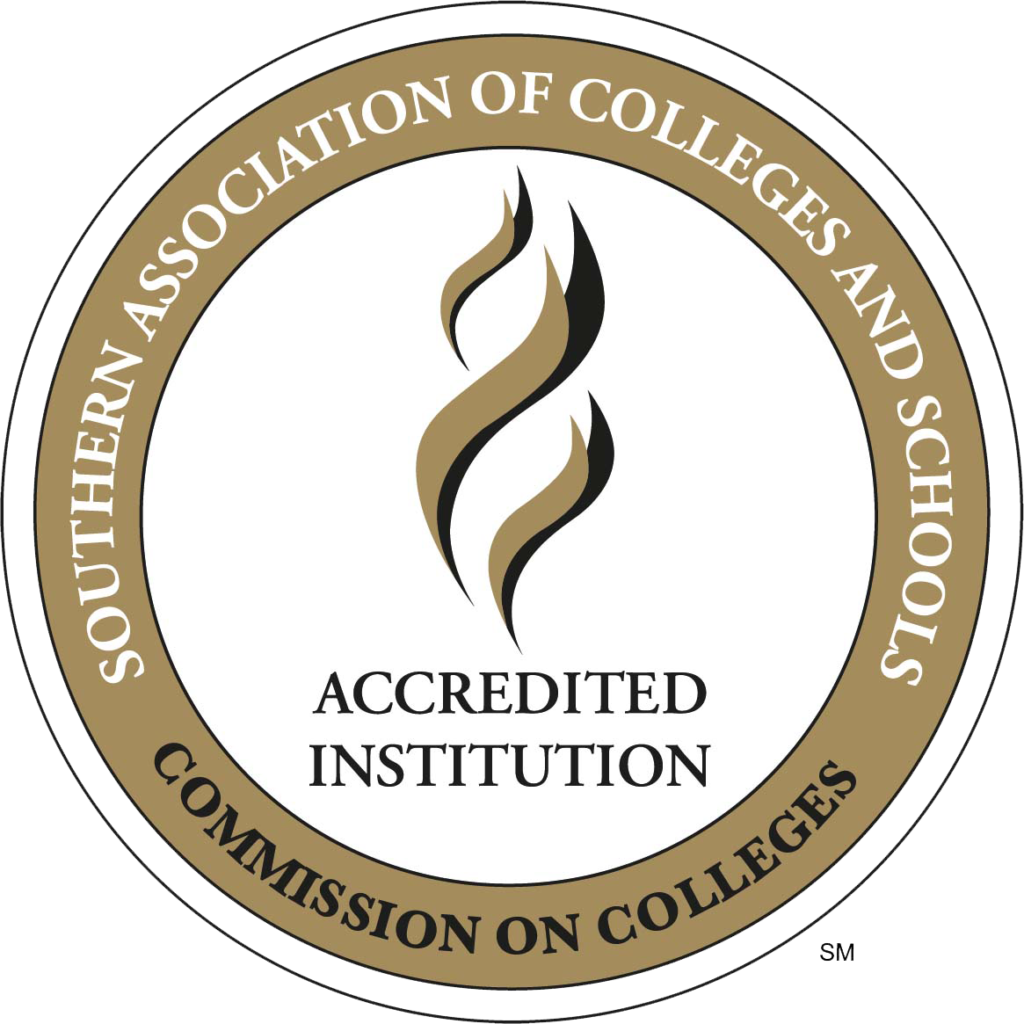While many schools are online-only, those returning in person get tough
Want to return to a college campus this fall? You’ll have to strictly follow tough rules. Fail to wear a mask or follow other strict safety requirements at Benedict College in Columbia, S.C., and “you will be excised from the community. You will be voted off the island,” warned President Roslyn Artis.
“As much as it breaks my heart, I’m going to have to excuse a student or two in the first week of school … so that they understand we mean business. This is life or death,” Artis told education journalists attending the Education Writers Association’s 73rd National Seminar, which was held online July 21-24.
As coronavirus infections continue to spike nationwide, and Congress slow-walks proposals to shield colleges from COVID-related legal liabilities, reopening college campuses for in-person instruction has become increasingly challenging. A growing number of colleges have simply given up, reversing course and switching to online education for the fall semester.
And the many college leaders who remain committed to bringing students back to their campuses are having to adopt ever more expensive, innovative — and tough — strategies.
Which Colleges Are Fighting to Open?
Surveys consistently show that students and (their parents) want regular classes to start up in fall of 2020. But as of early August, only about a quarter of colleges were sticking with plans to offer primarily in-person instruction.
One group of colleges feeling heightened pressure to reopen are minority-serving institutions. For Benedict’s students, Artis said, not opening presented the bigger risk.
Many students face more health and personal risks at home than they would on campus, she said. “To some extent, those young people are actually safer here where we have provided cleaning supplies, protocols [and] distancing,” Artis said. “When you are living with a six-member family in 1,000 square feet, it’s much more difficult to protect personal safety than it is on a college campus.”
For still other students, campus is a haven from violence – a reality made wrenchingly clear by the murder earlier this month of a Benedict student, a rising senior and a member of the school’s football team. This student would have been safe, said Artis, if COVID-19 hadn’t forced the cancellation of the school’s football program. “If we had begun our pre-season play for football, he would have been here living on the campus and not in an unsafe neighborhood,” Artis said, her voice breaking with emotion. “He would still be alive.”
In addition, many of her students lack home access to the technology and broadband needed to succeed in online courses. “Were we to go entirely online, we would be automatically excluding 12% of our overall student body population from being able to pursue their educational goals,” Artis said.
Artis’s goal is to safeguard as many students as she can from similar tragedies. “I need to bring my kids home, and home is the campus,” she said. “I need to bring these kids where we can protect them and educate them … It’s critically important that institutions like Benedict College open.”
How to Stay Open: Block Schedules, ‘Pseudo-Families’ and Safety Ambassadors
Reopening comes with a thicket of unprecedented logistical, safety and academic challenges, including how to discourage risky behavior among young adults, a cohort not known for playing it safe. “We’re bringing in all of these people from different places … who have different ideas of behavior into a congregate setting,” explained Jean Chin, a member of the American College Health Association (ACHA) COVID-19 Task Force and another EWA speaker.
At Texas A&M University-San Antonio, which is offering a mix of online and in-person instruction for its 6,500 students, freshmen who come to campus will be assigned to small cohorts, attending class in a “block schedule.”
“They come in to campus, and once they pass the screening, they don’t have to move around,” said President Cynthia Teniente-Matson, who spoke at EWA’s national seminar along with Artis and Chin. “They’re in a room with proper social distancing… and the faculty are the ones that rotate with proper PPE.” Masks will be required for everyone, and faculty will also receive face shields and rolling Plexiglas classroom barriers.
Texas A&M-San Antonio is also requiring students to “self-certify” their familiarity with safety protocols on campus and is hiring a temporary cadre of “public health assistants” to act as safety ambassadors. These assistants, said Matson, will act as “the gentle expert companion when they see behaviors that shouldn’t be occurring.” The goal, she said, is to create a “community of learners” rather than to treat infractions as disciplinary issues.
At Benedict, Artis is taking a similar approach to encouraging responsible behavior, despite the tough talk she’s reserving for the worst offenders. Students will be assigned to what Artis calls “pseudo-families” of similarly situated students – such as teammates on the football team or musicians in the school band – with the hope that this commonality will lead to mutually reinforcing good behavior. “Under normal circumstances, you’d really like to see a little diversity,” Artis said. “You lose so much in the collegiate experience when you’re segregated according to your ‘job’ on campus. However, in this instance, there is strength in those shared interests [and] shared concerns.”
Also reinforcing this notion of community are a series of presentations the school is providing to students before they come to campus with facts and figures such as the average age of staff. “You can see, even on Zoom, the light bulb go on when you show that graphic about the average age of our employees,” Artis said. “[The students] think they’re immortal, but when you introduce them to the possibility that they could be responsible for someone else becoming sick or potentially dying, it really hits home.”
Planning for Outbreaks: Thresholds for Closure
Despite their planning, precautions and best efforts, both schools are nonetheless prepared for the possibility of closure if an outbreak on campus or community circumstances spiral beyond their control. At Benedict, Artis said she will have no choice but to close if too many students consistently fail to follow campus protocols, if the infection rates on campus exceeds 5%, or if the school hits 75% capacity for the beds set aside for quarantine. All of these metrics will be monitored closely. “We’re watching it just like hospitals watch it,” she said.
While Texas A&M-San Antonio has not set hard thresholds like these, Matson said the university has created a “risk management” group tasked with monitoring the situation daily and making recommendations as necessary. “We [don’t] want to put something out there that we then find ourselves not being able to adhere to,” Matson said. “It’s going to be what’s happening on a daily basis that causes us to shift so we can proactively close or stop doing something if needed, whether that’s close housing or close in-person instruction or close our gym or close our library or close our eateries.”
Another potential stumbling block for keeping schools open as the year wears on is testing, which Chin of ACHA warned is “nowhere near where we need to be.” Ideally, said Chin, schools should be able to test all of their students every two to three days, something that few schools currently have the capacity to accomplish. “The capacity to test is way, way low,” Chin said. “That’s part of our problem.”




